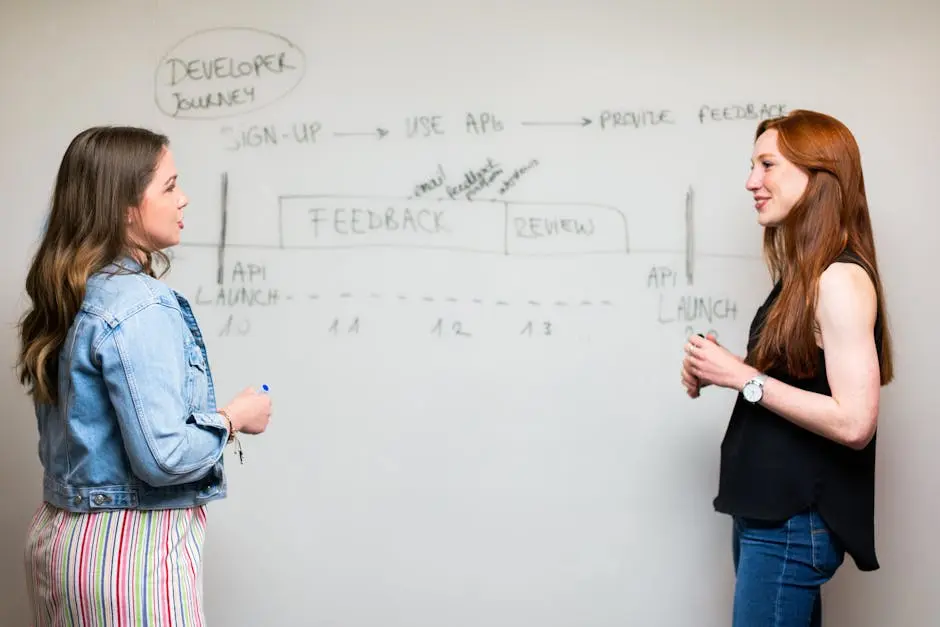Creating a Minimum Viable Product (MVP) is a crucial step in the journey of bringing a new product idea to life. However, navigating the MVP development process can seem daunting without a clear roadmap. In this blog, we’ll break down what you should expect during the MVP dev phase, so you’re well-prepared and confident.
Understanding the Purpose of an MVP
An MVP is designed to validate your product idea by focusing on essential features. This helps in gathering user feedback early on, saving time and resources while minimizing risks.
The primary goal of an MVP is to ensure your concept is worthwhile. By concentrating on the core concept, you’re able to evaluate its market potential without excessive expenditure. It’s similar to dipping your toes in the water before committing to a swim.
Defining Core Features
Identify the fundamental features that address users’ main pain points. Prioritize these features to ensure the MVP aligns with your product vision.
Keep in mind that less is often more in MVP development. Focus on what makes your product unique and start with that. By narrowing down the essential features, you ensure your MVP showcases the true value of your product.
Your core features should not only meet users’ needs but should also differentiate your product from existing solutions. This uniqueness can be your selling point.
Planning Your Development Timeline
Setting a realistic timeline is crucial. Collaborate with your development team to outline a timeline that balances speed with quality.
Consider potential obstacles and incorporate buffer times in your timeline. This preparation helps in mitigating delays and ensures a smooth MVP development journey.
Align your timeline with your marketing strategies, ensuring that your product launch will capture maximum attention. Timing is vital for the success of your MVP.
Collaborating with a Dev Team
Communication and collaboration with your development team are key. Ensure everyone is on the same page regarding goals and expectations.
Use collaborative tools to enhance communication within the team. Regular meetings and updates can ensure that everyone works in harmony and any issues are promptly addressed.
A collaborative approach encourages creativity and innovation. It allows team members to pitch in their ideas, leading to a more well-rounded MVP.
Testing and Iterating Based on Feedback
Launch your MVP and gather user feedback. Use this feedback to make informed decisions for future product versions, refining features to better meet user needs.
Feedback is a powerful tool. It provides firsthand insights from your target audience, which are invaluable for honing your product. Implementing suggested changes can greatly enhance user satisfaction.
Remember, iteration is integral to the MVP process. Each version should bring improvements, addressing previous shortcomings and elevating the user experience.
Final Thoughts on Navigating the MVP Dev Process
By understanding each step of the MVP development process, you can approach it with greater clarity and confidence. Remember, the goal is to create a product that resonates with your target users while setting a strong foundation for future iterations.


